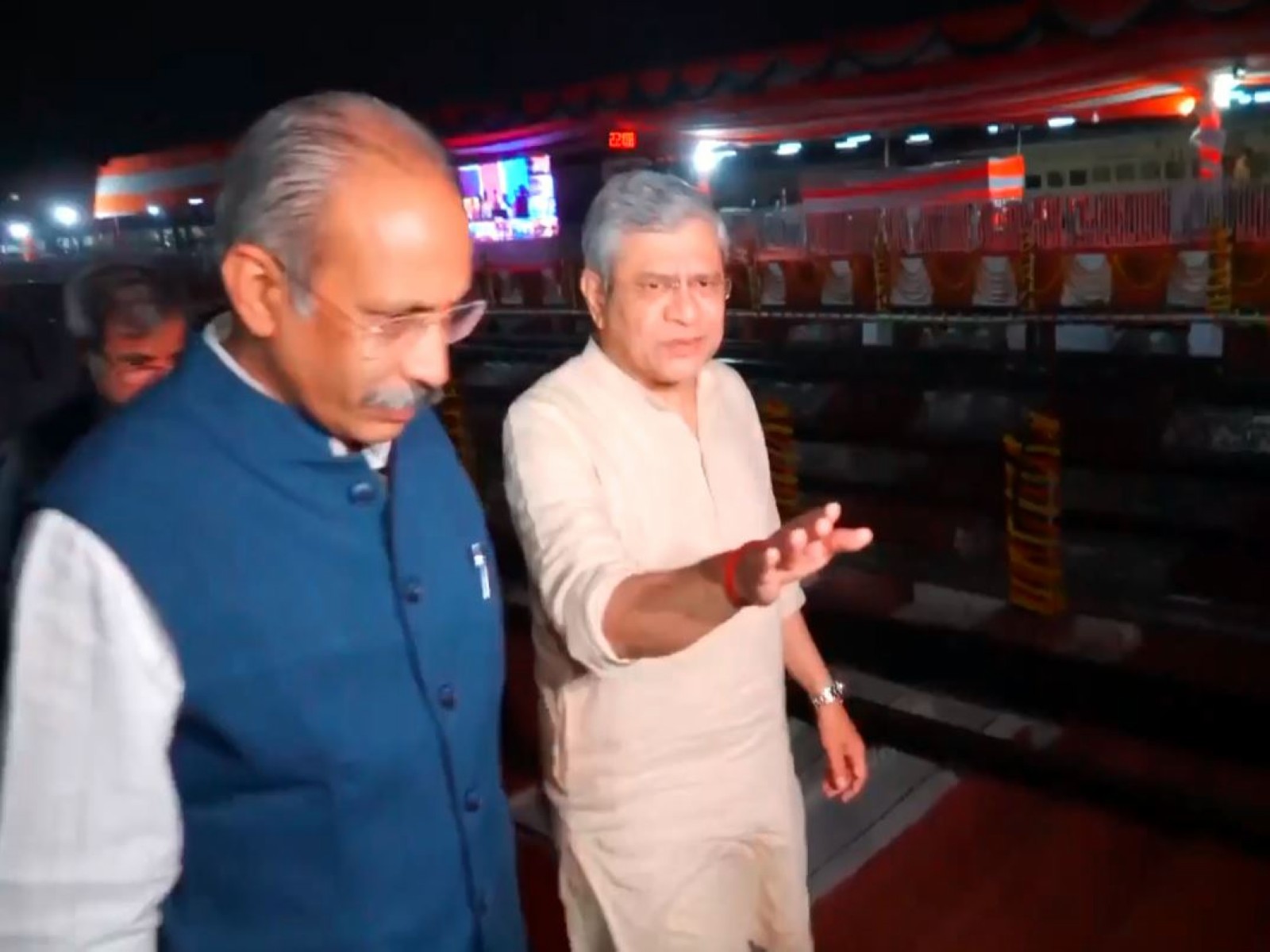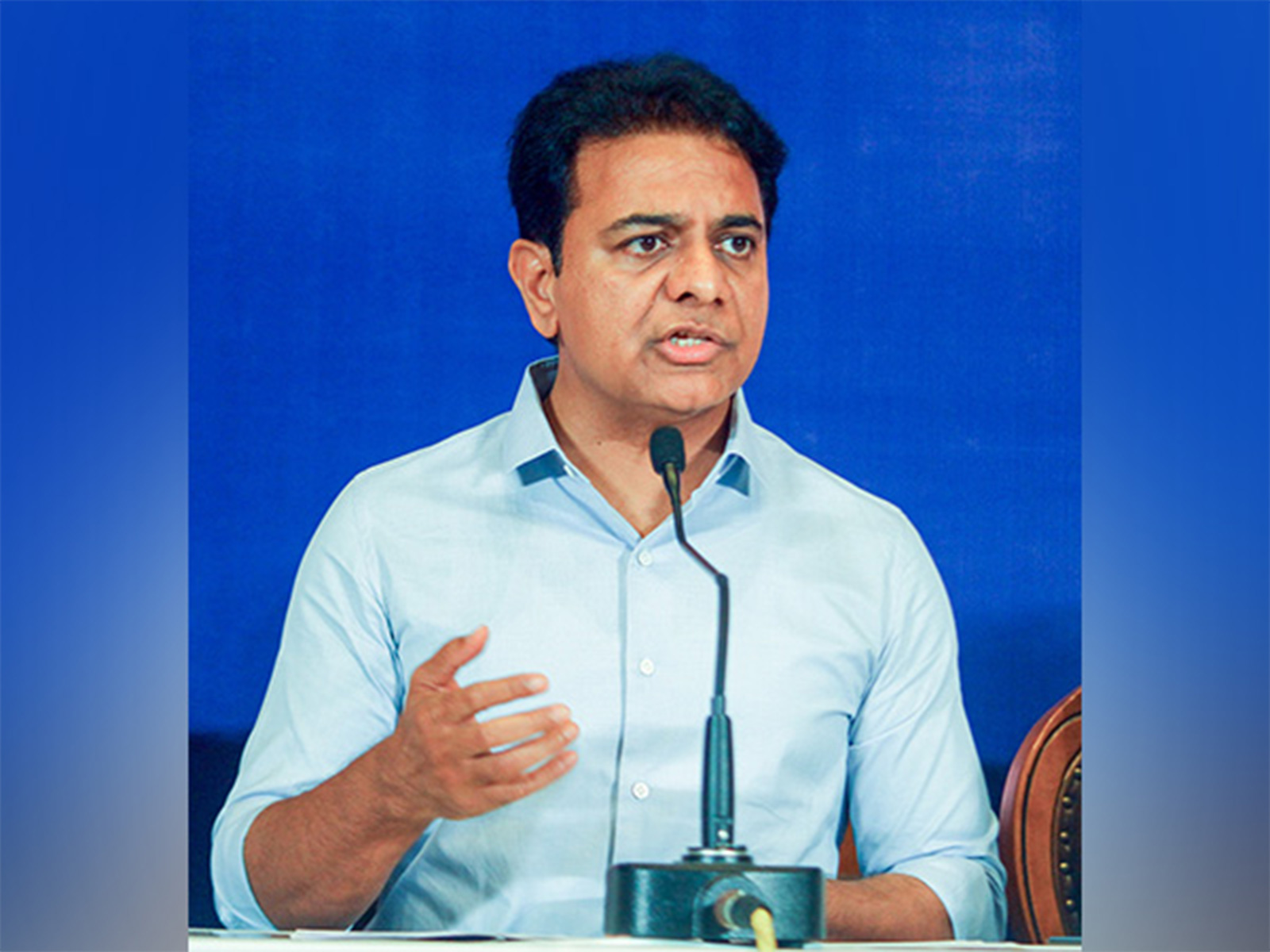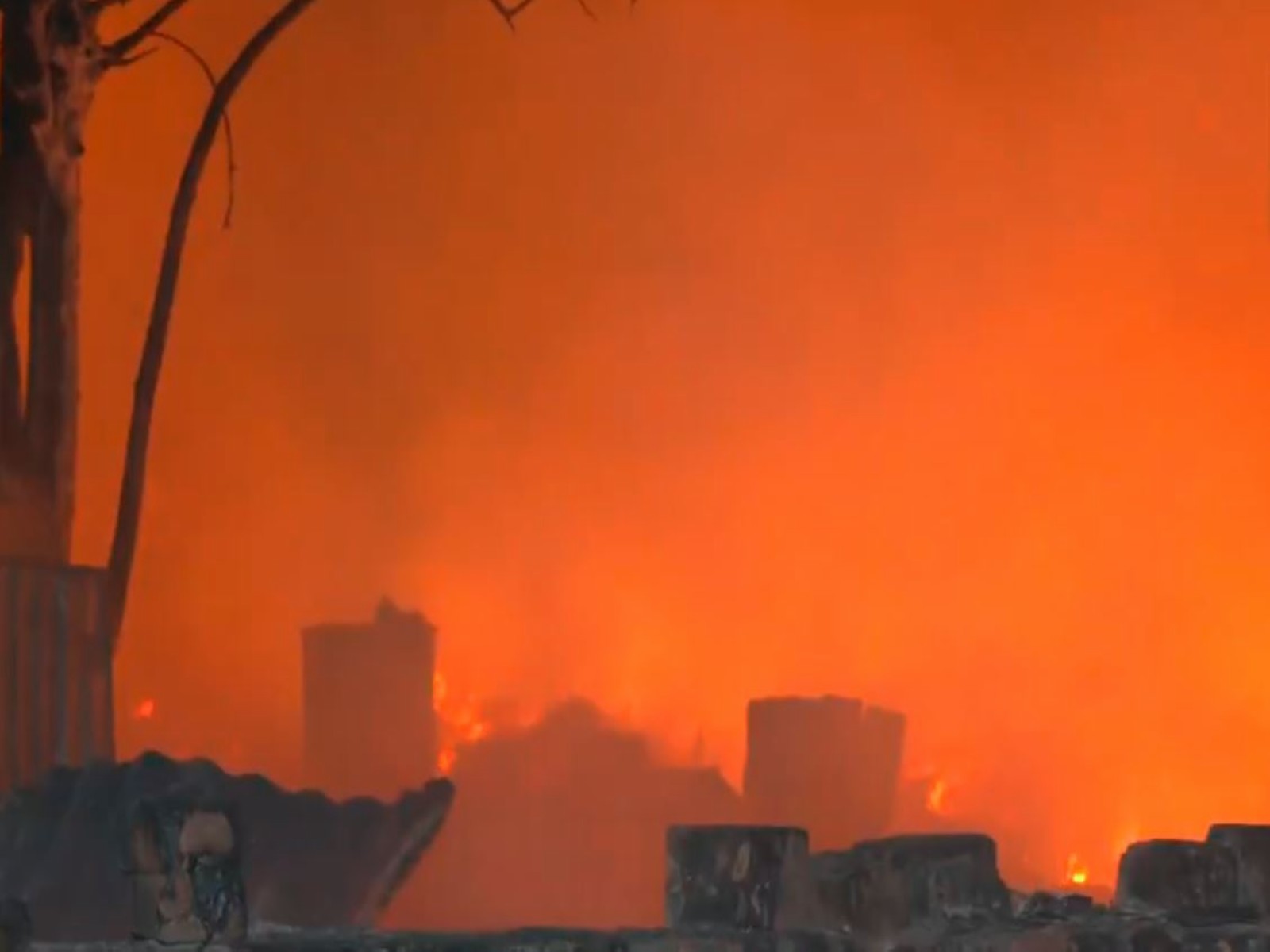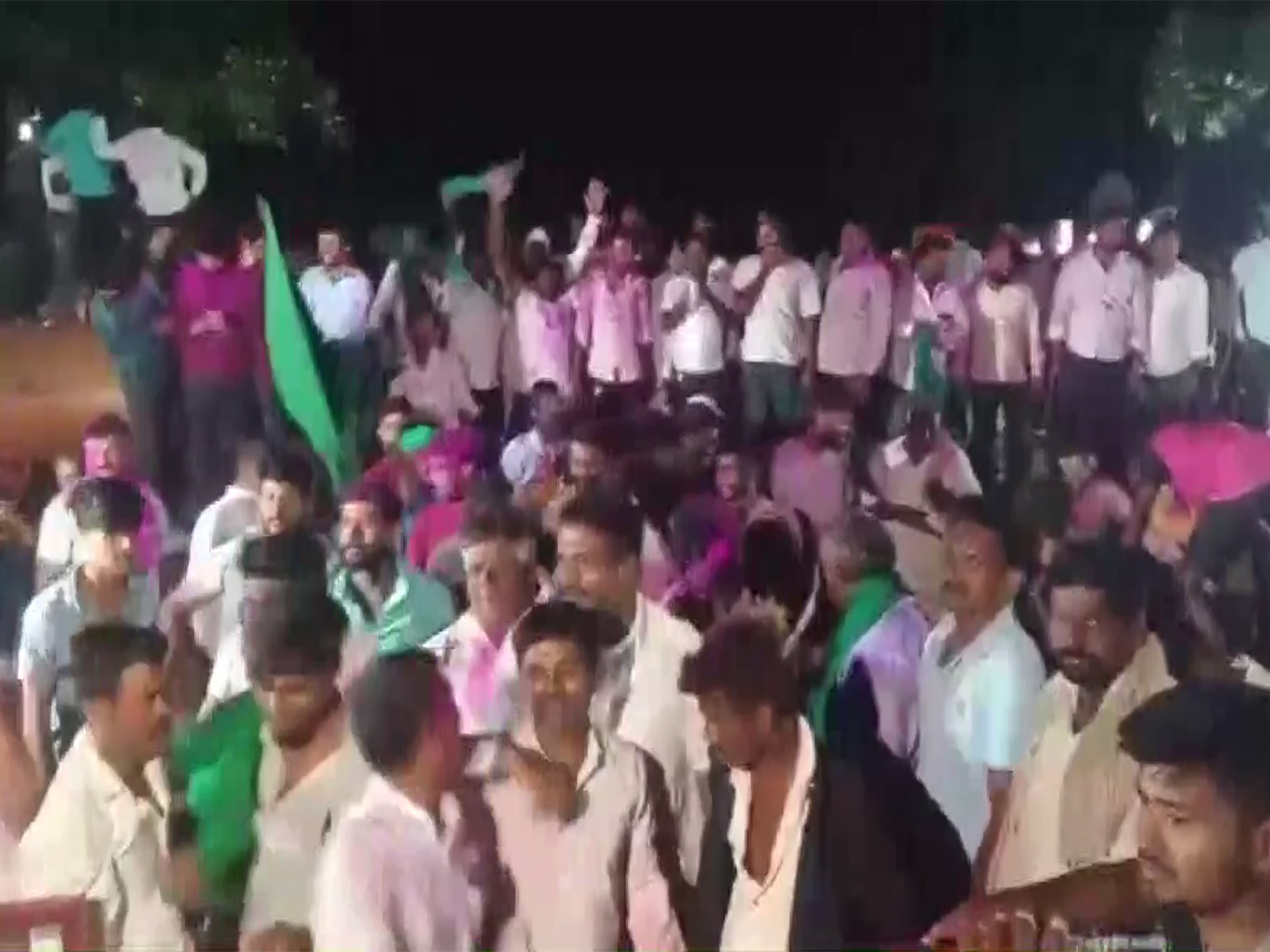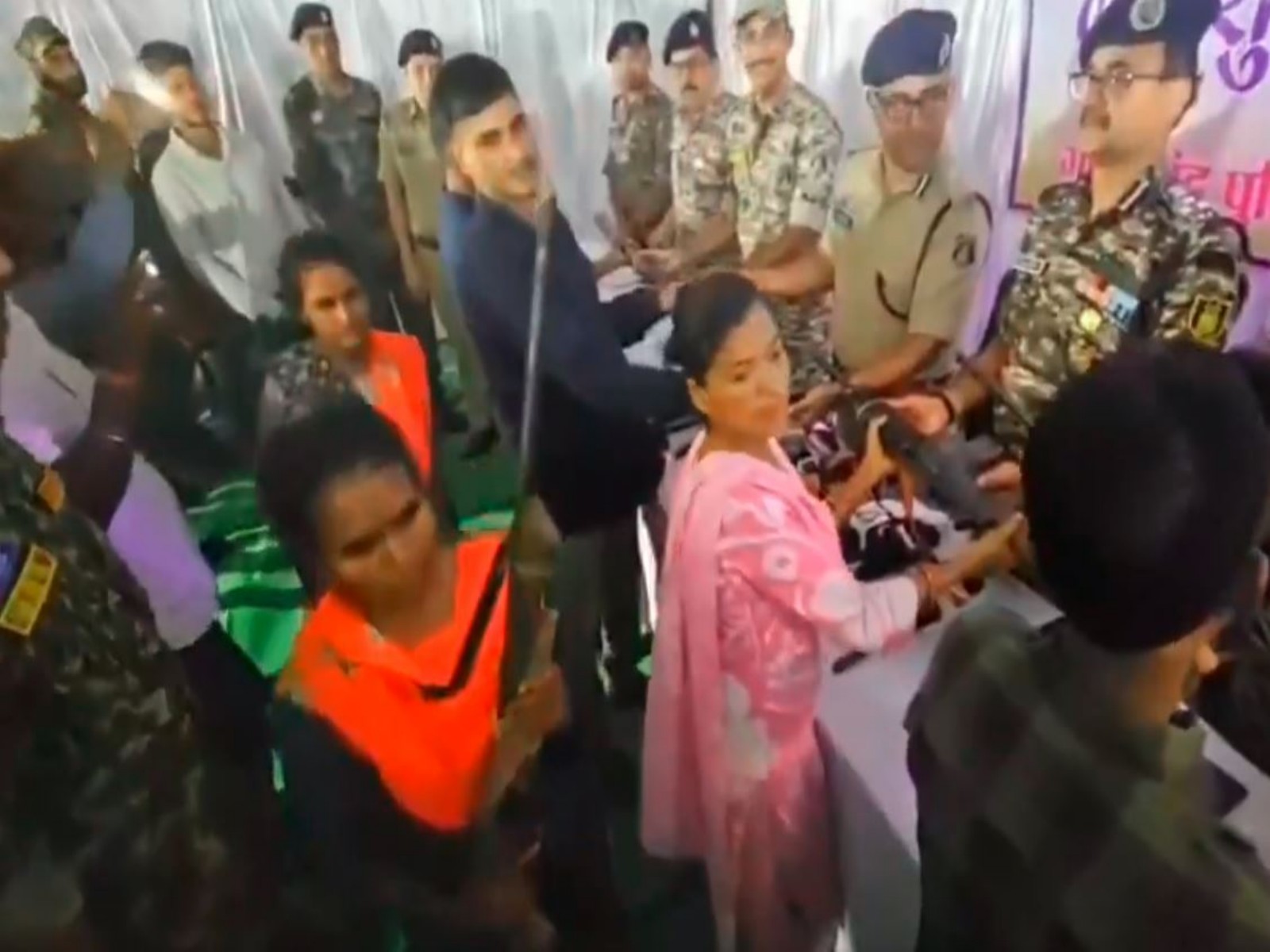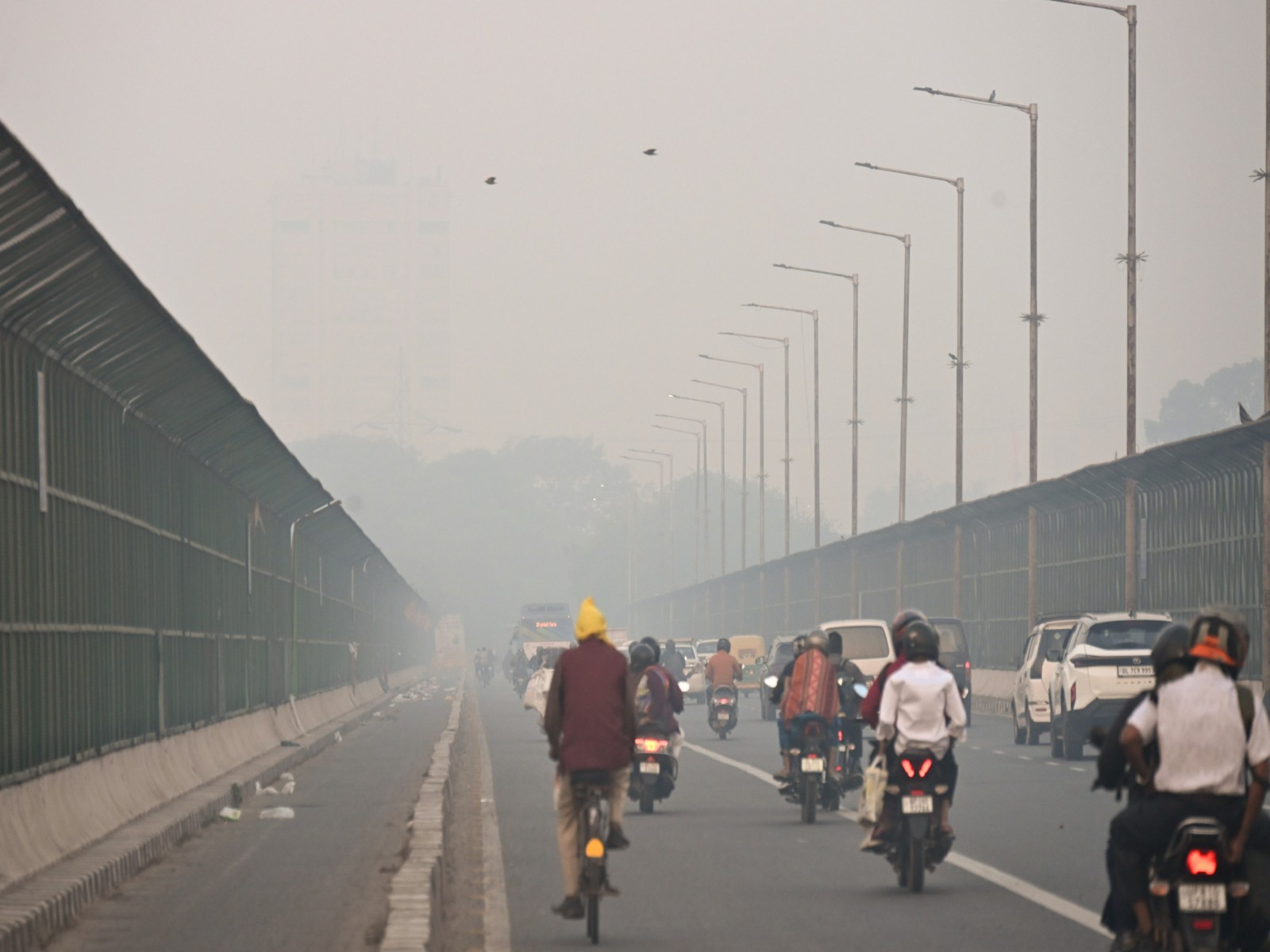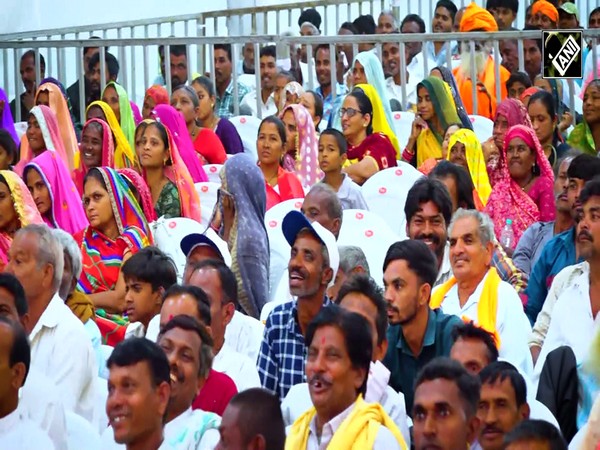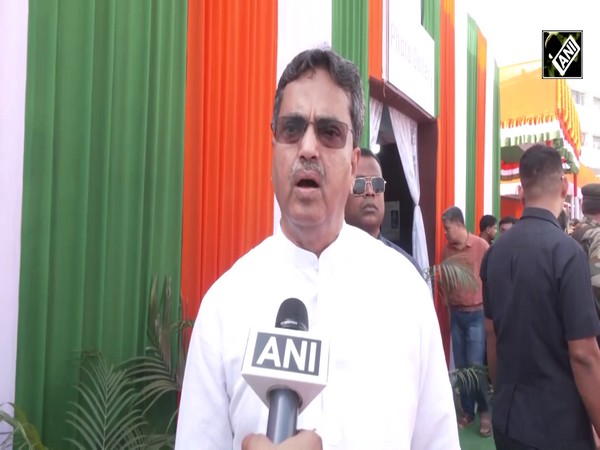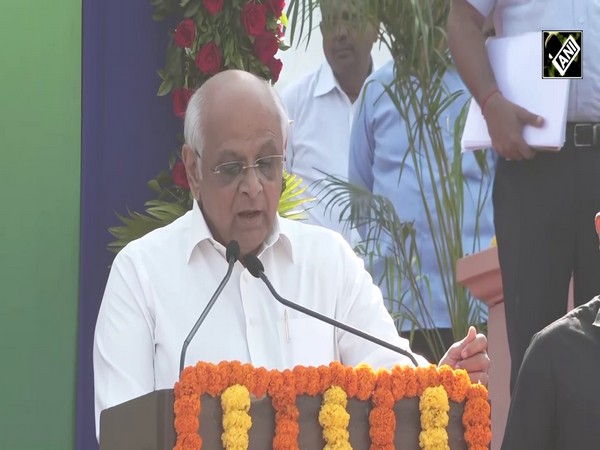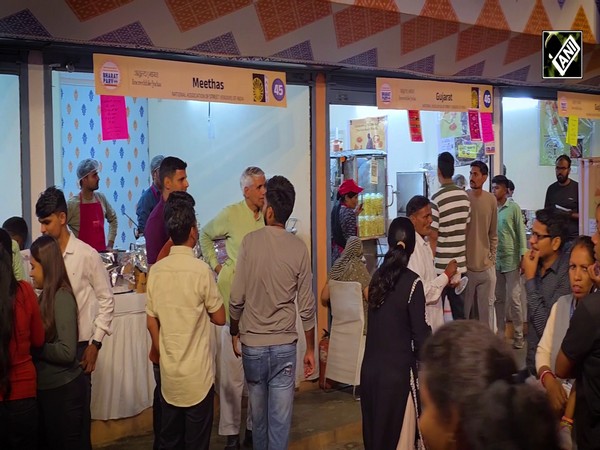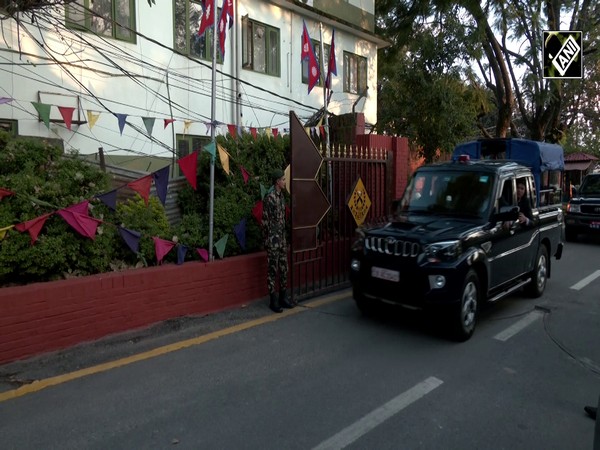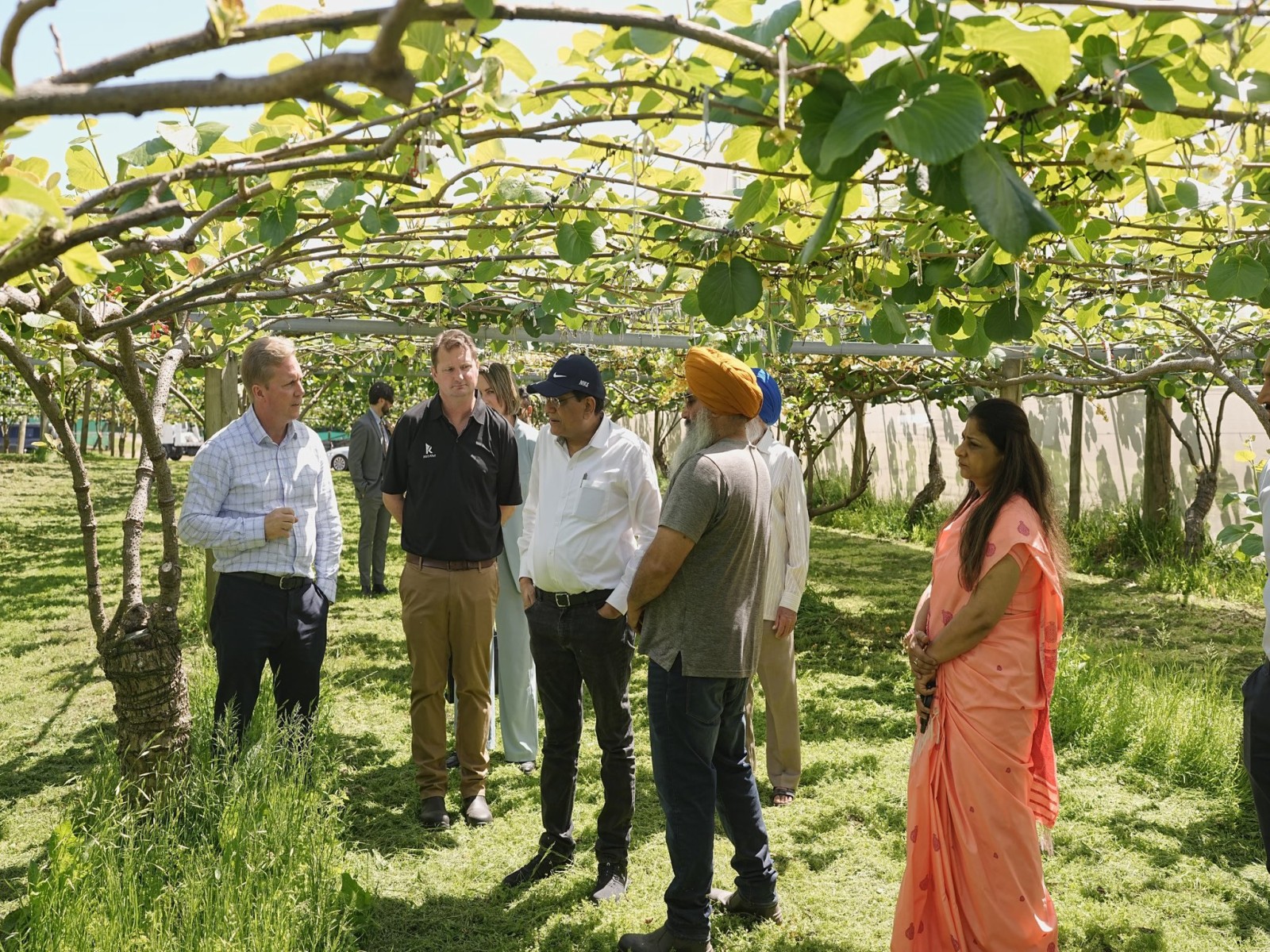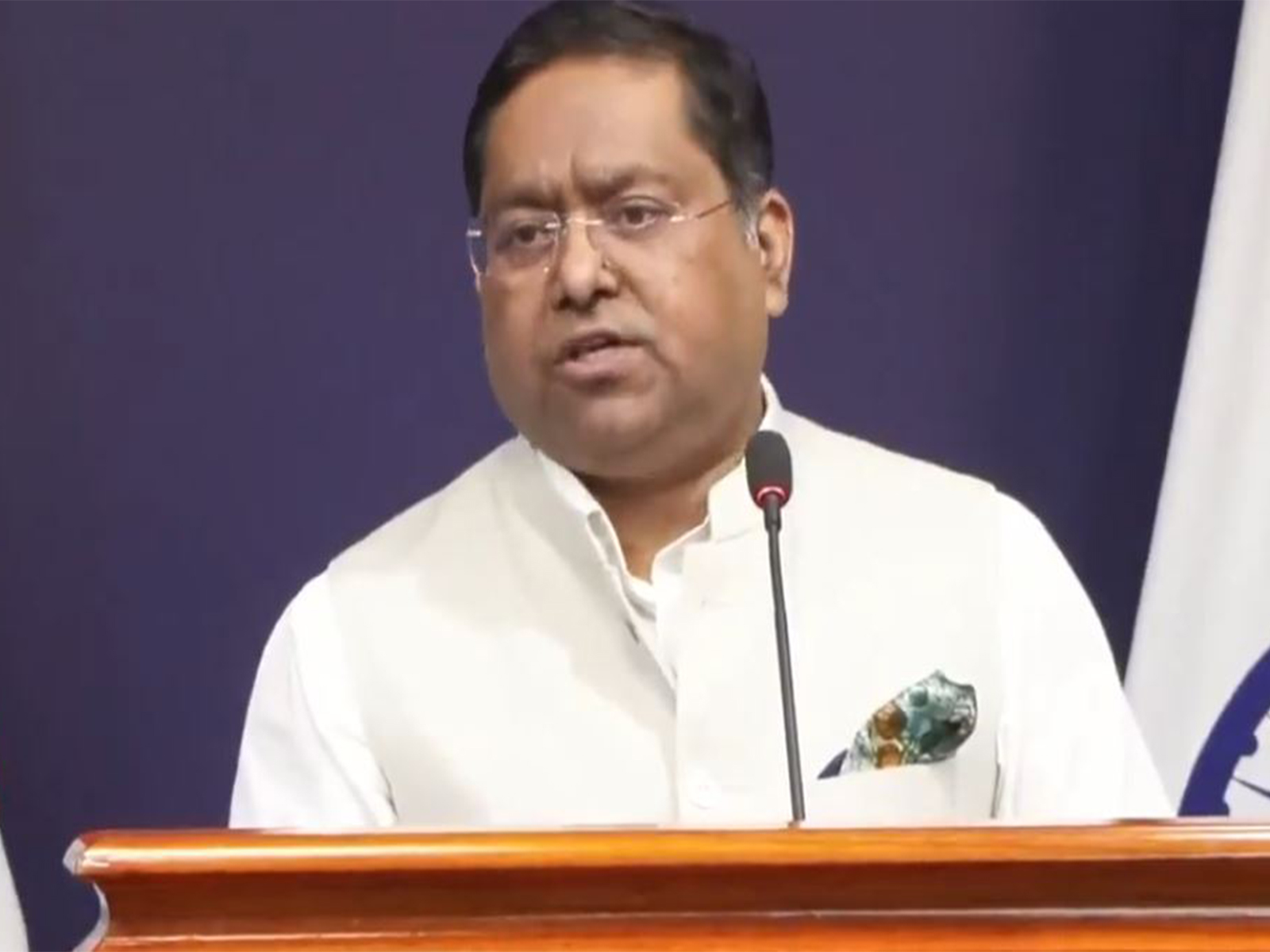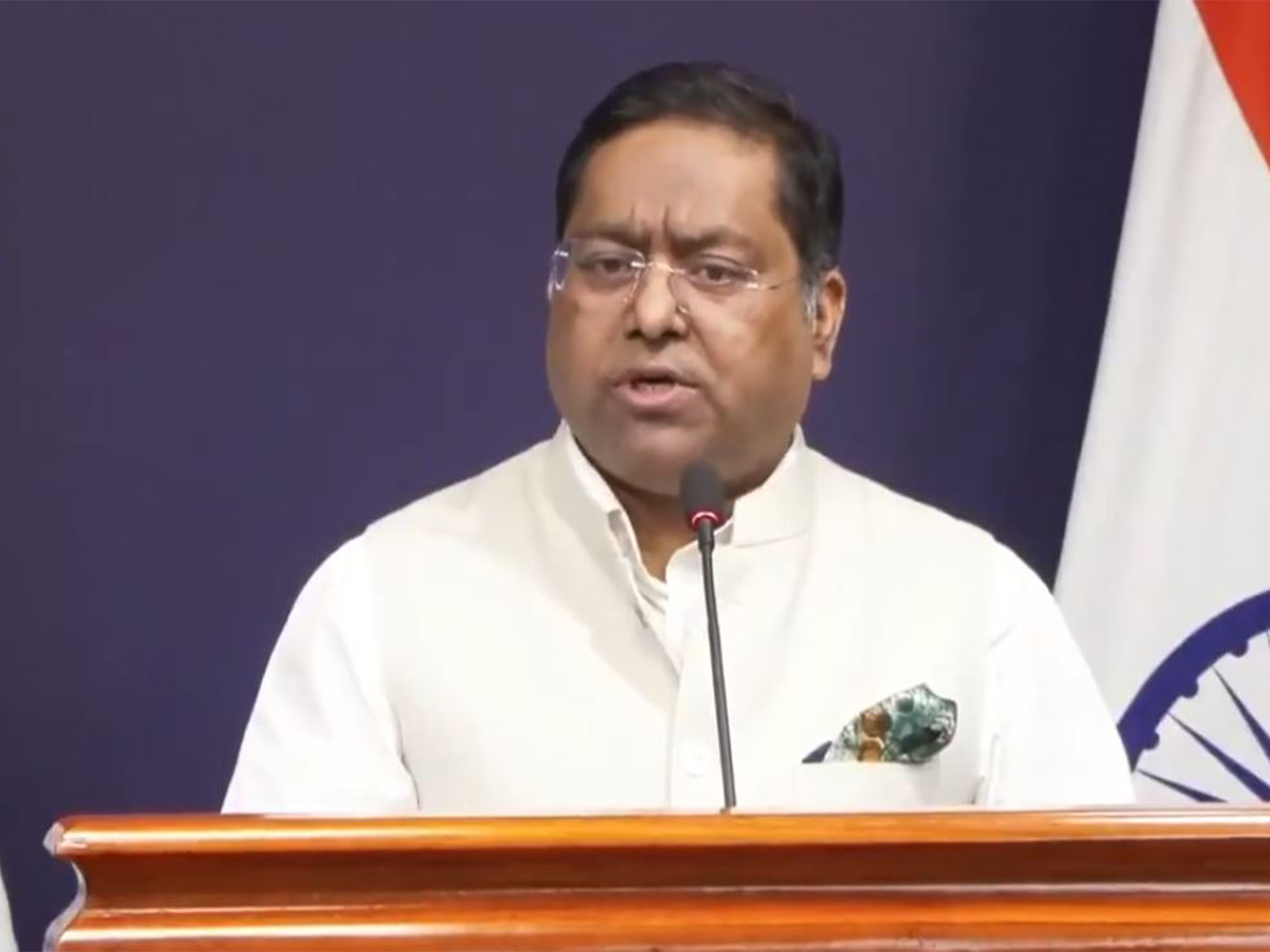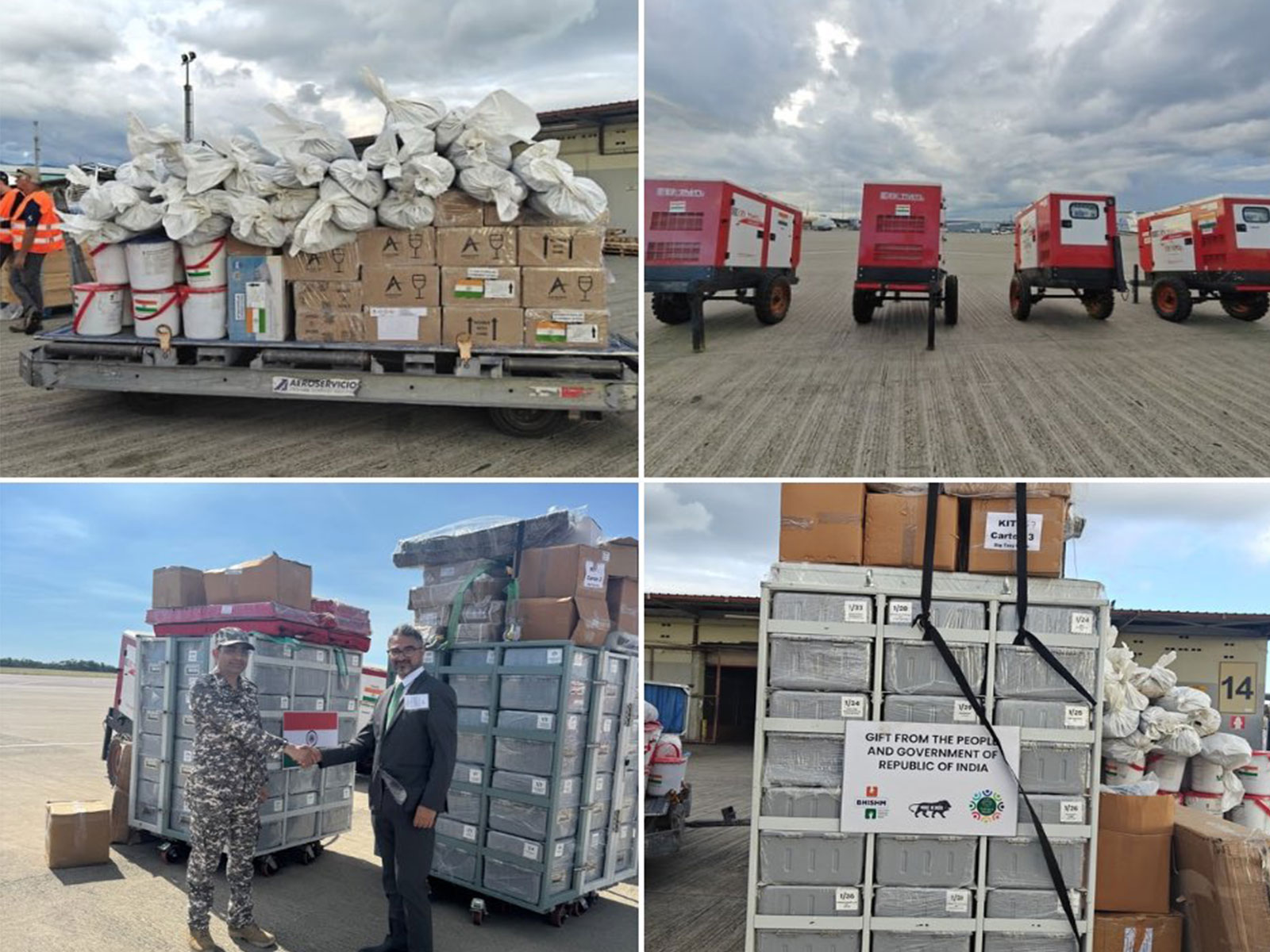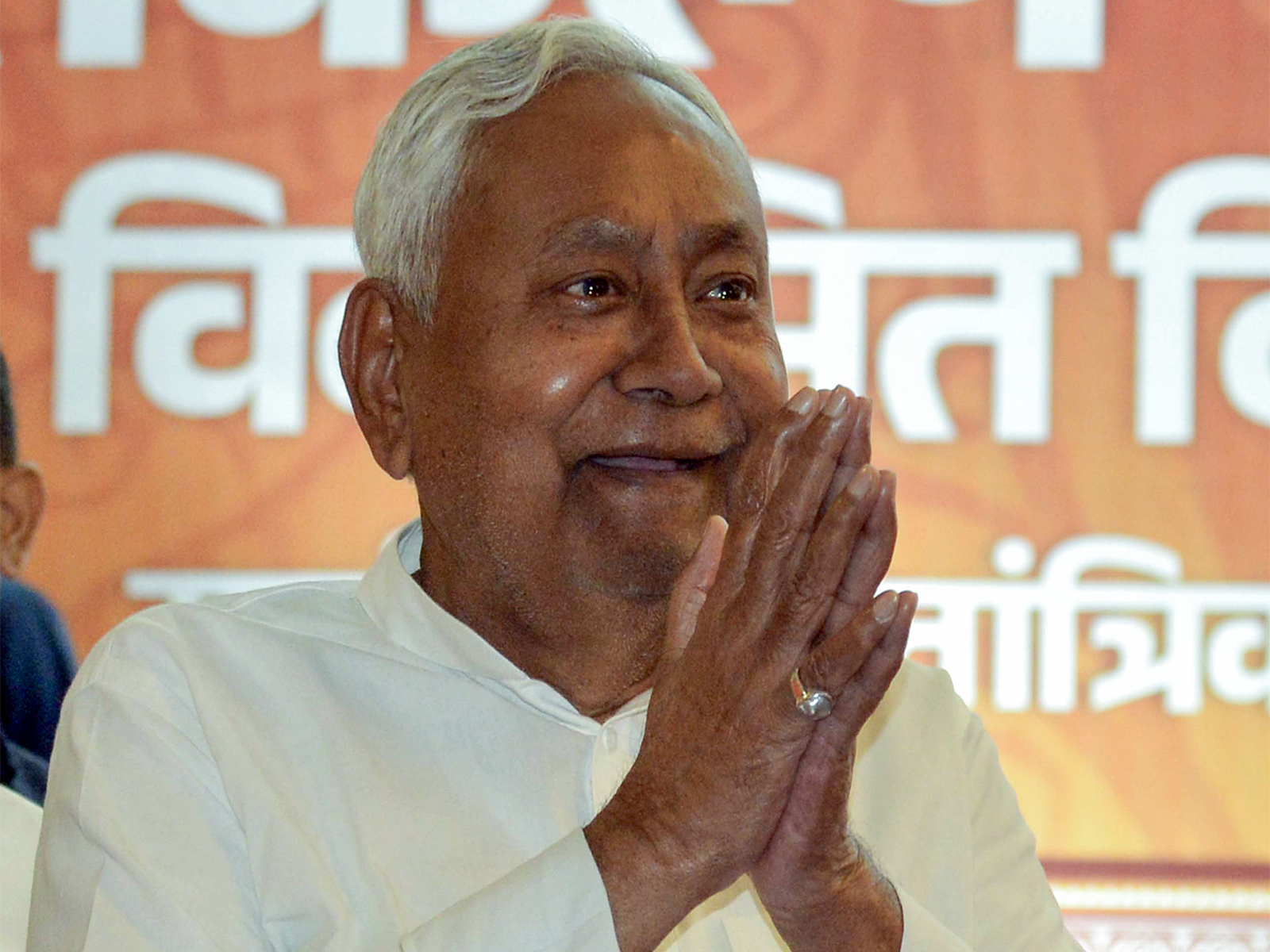
"Before 2005, govt treasury was looted": Nitish Kumar addresses Biharis, highlights state's journey from disaster neglect to progress
Nov 07, 2025
Patna (Bihar) [India], November 8 : Bihar Chief Minister Nitish Kumar has reaffirmed his government's commitment to building a disaster-resilient state, recalling how, before 2005, the state lacked any effective system for dealing with floods, droughts, and other natural calamities.
In a letter addressed to the people of Bihar, Nitish outlined two decades of reforms--from the creation of a dedicated Disaster Management Department and the Bihar State Disaster Management Authority (BSDMA) to the establishment of relief camps, community kitchens, and modern flood-control infrastructure.
The Bihar CM also targeted the Rastriya Janata Dal (RJD) tenure before 2005, accusing it of "looting the government treasury."
"Before the year 2005, no work was done in the state to prevent disasters. There were no solid arrangements to deal with floods, droughts, fires, earthquakes, etc. The people of North Bihar suffered from floods, while those in South-West Bihar suffered from droughts. However, the then government did not care about these issues at all. There was a severe lack of resources for disaster prevention. In the name of disaster relief, the government treasury was looted. The little that flood victims received took them months of struggle to obtain. Those in power embezzled crores of rupees that were meant for distributing relief materials to flood victims. The discussion of the flood relief scam used to dominate national newspaper headlines," Nitish Kumar said in his letter.
"On November 24, 2005, when the new government was formed in the state, we prioritized the field of disaster management and undertook many initiatives. The first step we took was to establish a separate Disaster Management Department, so that all kinds of disaster-related work could be managed under one roof. In 2010, a Standard Operating Procedure (SOP) for disasters was created, clearly outlining the steps for preparedness, relief, and rescue operations before, during, and after floods and droughts. The system ensured that relief materials could reach affected people without delay so that immediate assistance could be provided in times of crisis," he highlighted.
Nitish Kumar mentioned that during emergencies, necessary dry relief materials such as flattened rice, jaggery, flour, rice, pulses, chickpeas, drinking water packets, essential medicines, tarpaulin sheets, sanitation kits, buckets, soap, candles, matches, and clothes were arranged for quick distribution.
"From 2007 onward, keeping in view the hardships of flood victims, we started providing ex gratia grants, which have now increased to Rs 7,000 and are directly transferred to flood-affected people's bank accounts through DBT (Direct Benefit Transfer). We believe that disaster victims have the first right over the state treasury. Therefore, we ensure that no one faces any difficulty during times of disaster," he said.
Nitish highlighted that his government set up relief camps at safe locations for people living in affected areas.
"Medical camps are organized under the supervision of doctors to ensure proper healthcare for the victims. Anganwadi centers are also operated within the relief camps for small children," he said.
Further, the Bihar CM highlighted that animal relief camps are set up near human camps, where fodder, water, and veterinary care are made available.
"In 2007, we established the Bihar State Disaster Management Authority (BSDMA) under Section 14 of the Disaster Management Act, 2005. Its main objective was to develop a capable, active, and technology-driven strategy for disaster management and to build a safe and disaster-resilient Bihar. We have also implemented several measures to ensure the safety of lives and property during floods. In 2010, following the model of the National Disaster Response Force (NDRF), we established the State Disaster Response Force (SDRF). The SDRF has been playing an important role in search, rescue, and relief operations during floods, earthquakes, fires, and other natural or human-induced disasters," Nitish Kumar emphasised.
"Similarly, in 2011, we formulated a Drought Management Policy, coordinating with the Agriculture and Water Resources Departments on several important initiatives. In 2012, under the second Agriculture Road Map, special focus was given to drought-resistant crops and water conservation," he added.
The Bihar Chief Minister asserted that continuous work is being done to address the problem of floods and to develop irrigation facilities.
"By March 2025, about 370 kilometers of new embankments have been built, protecting nearly 1.4 million hectares of flood-affected land. Additionally, around 600 kilometers of embankments have been raised and strengthened. As a result, embankment breaches have significantly reduced, providing relief to flood-prone areas. The implementation of projects like the Western Kosi Canal Project, Kamla Barrage Project, Tal Area Development Plan, Durgawati Irrigation Project, and River Desiltation Project has not only mitigated flood problems but also provided widespread irrigation benefits to farmers," Nitish Kumar said.
He emphasised that all the measures we have taken to protect the people of the state from various disasters, adding, "We will continue to move forward in the same way and ensure a permanent solution to the flood problem. What we say, we deliver."
